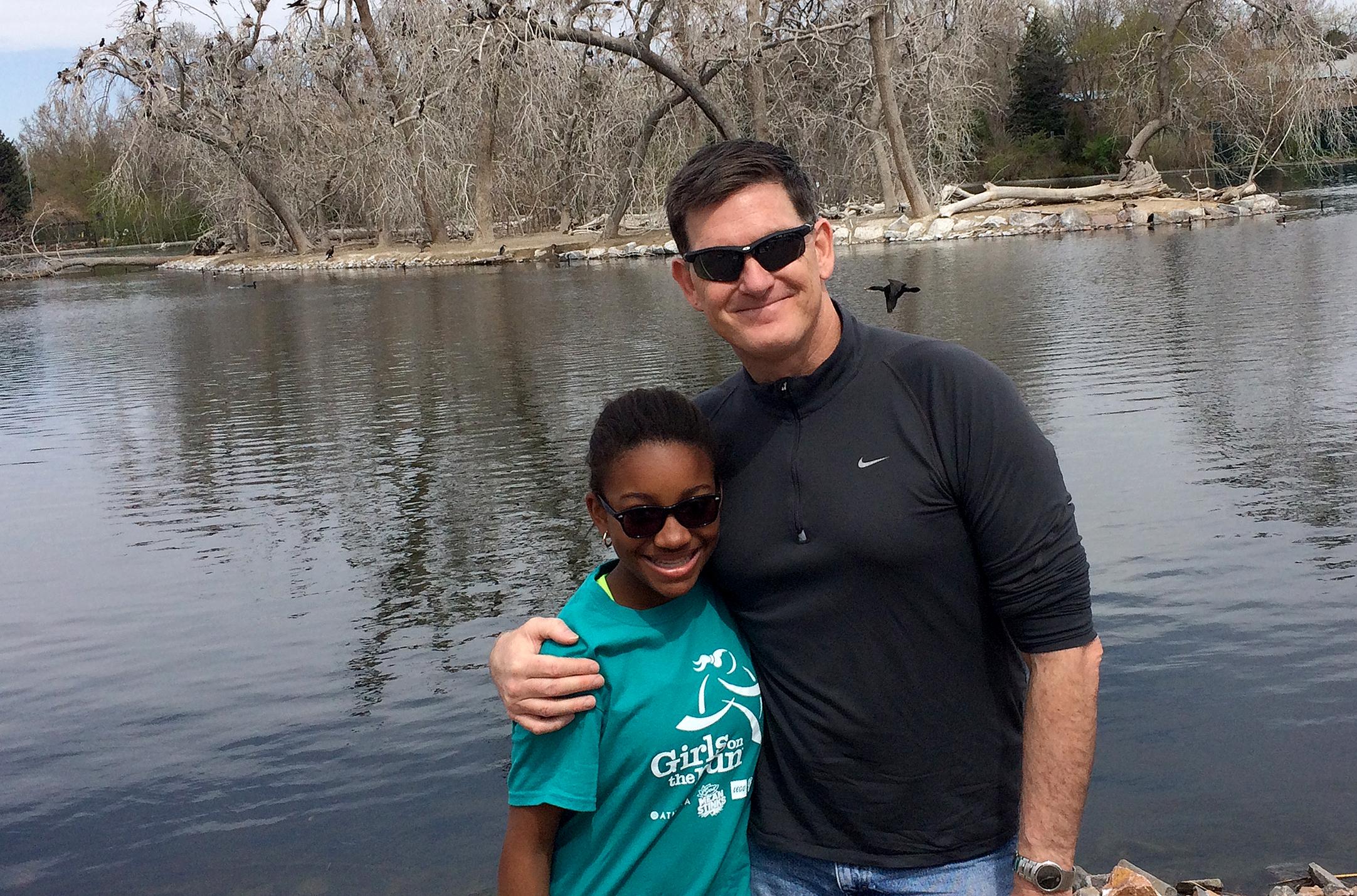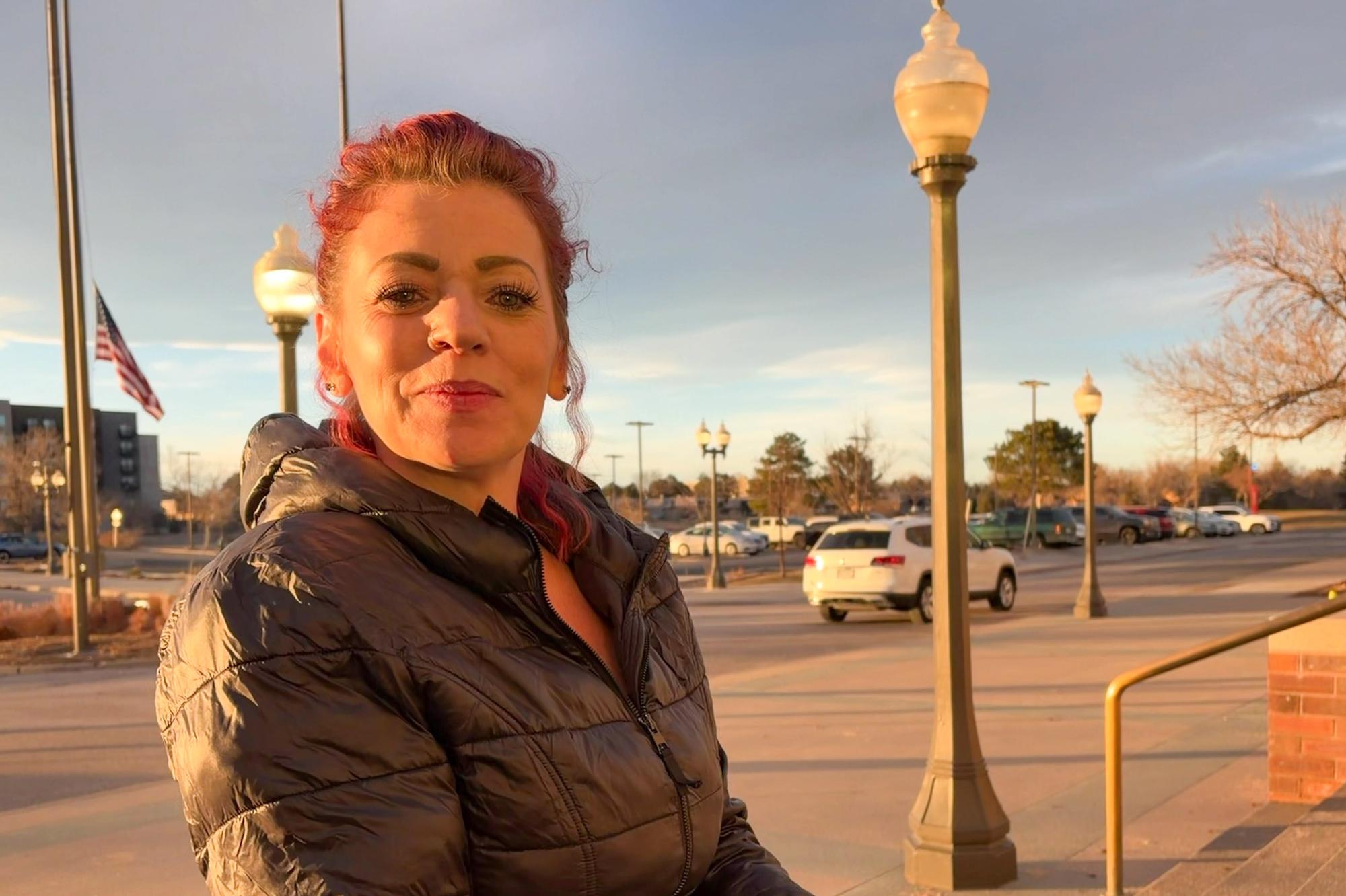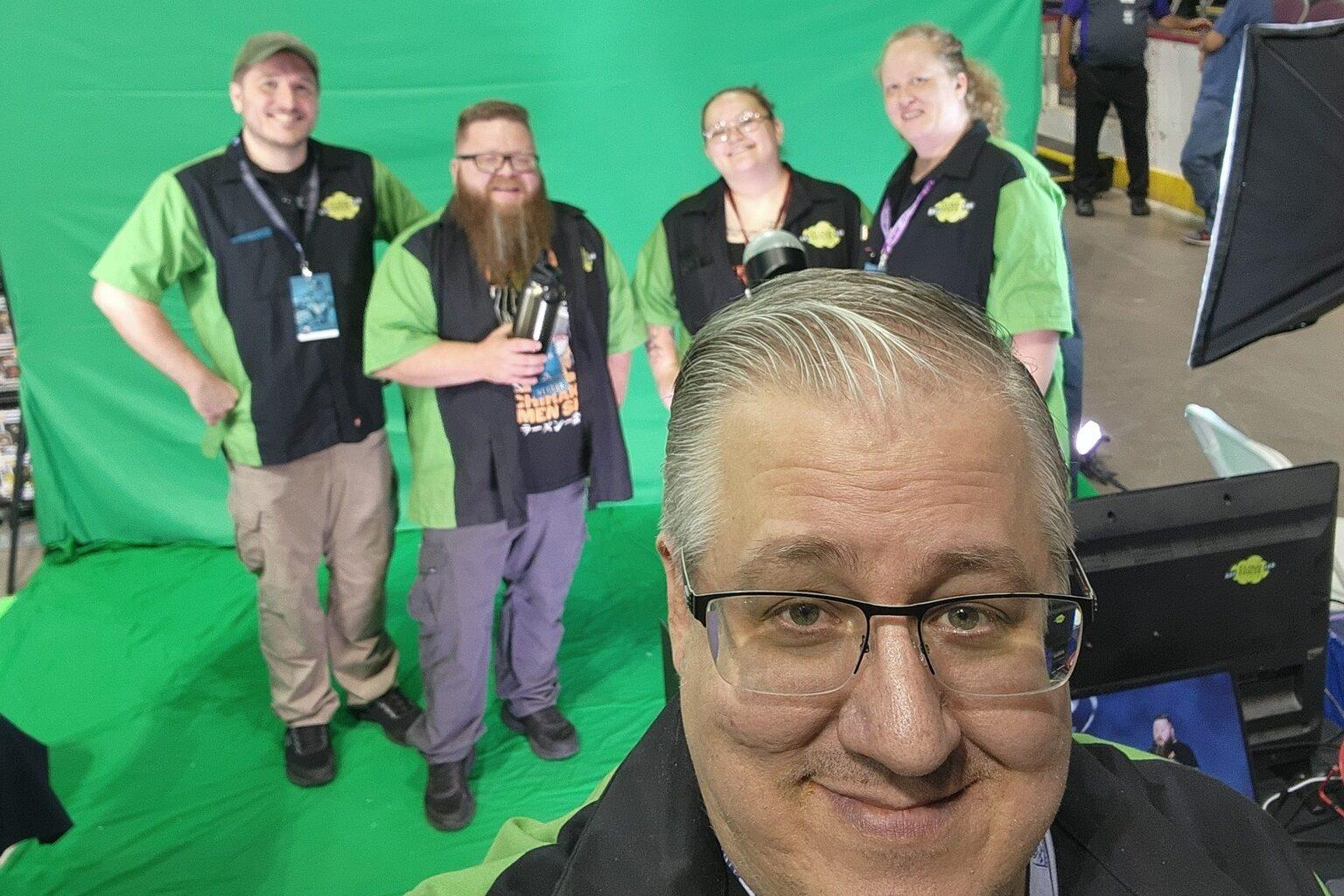
Editor's Note: This interview originally aired April 28,2015.
Paleontologist Scott Sampson, of the Denver Museum of Nature & Science, says kids spend 4-7 minutes playing outside each day. That's a drastic change from when their parents were kids. He calls it a massive migration indoors.
Sampson, who hosts the PBS Kids show "Dinosaur Train," writes about how to reverse the trend in his new book "How to Raise a Wild Child: The Art and Science of Falling in Love With Nature." Edited highlights from his conversation with Colorado Matters host Ryan Warner at The Tattered Cover Book Store are below.
On how too much time indoors affects children's health
“If all you’re exercising is your thumbs, that’s going to have an impact on your waistline. And we know it’s not just obesity. It’s ADHD. It’s depression. It’s inflammatory diseases like asthma. All of these have been skyrocketing to the point where one surgeon general said this generation of kids today could be the first to have a life expectancy shorter than that of their parents.”
On doctors writing "park prescriptions" to get kids outdoors
"You go to the park. The ranger will sign off on your prescription and show that you've done your time in the park. And it's having great effects."
Is Sampson just a Luddite who hates technology? No.
"I am not arguing that we need to go back to nature... and unplug completely. We need to move forward into a future that is rich in both technology and nature, but in balance. Right now, there's no balance."
On how to join with neighbors to encourage time outside
"One of the most powerful ways to do this is family nature clubs. It can be as few as two families and trust me, if you start this, you may have 50 families come join you (because that's happened before.) It's just a way to get families out into nature on a regular basis together. The parents love it because they get to just hang out together and talk grownup stuff. The kids love it because they're playing with all these other kids."
On urbanization and nature
"Most of us live in cities. So nature connection will either happen in cities or not at all."
Read an excerpt of the book:
Sunshine and springtime are notoriously rare bedfellows in Vancouver, British Columbia. One day when I was four or five years old, my mother took me into the forest a few blocks from home. She’d heard that the “frog pond,” as it was known, was brimming with tadpoles. Cinching the deal that fateful day were scattered, caressing rays of sun. The event, one of my earliest memories, began with a brief, loamy walk down a forest trail. The trees were thick with moisture, still dripping from the relentless, drizzling rains. Arriving at the pond, I scampered to the water’s edge and squatted down, staring intently. It was a few moments before I realized that each of the frenetic black blobs before me was a distinct life form. Wearing tall black rubber boots, I stepped tentatively into the water, captivated by the larval swarm. I bent over and scooped up several with my hands to get a closer look. Bulging eyes, bloblike bodies, and long, slimy, transparent tails worked madly against my fingers. Captivated, I inched out farther, and farther still, gasping as the water suddenly overtopped a boot. (Many years later, my mother told me that she started to object but thought better of it.) After hesitating briefly, imagining the tadpoles now darting around my sock, I took another willful step into the muck. The second boot flooded. I was really in it now, sharing this pond-universe with jillions of frogs-to-be. Stepping gingerly so as to avoid any inadvertent amphibicide, I eventually found myself at the pond’s center, the water now above waist level. The sense of wonder and the smile across my face grew in tandem as I picked up handful after handful of squirming tadpoles. Immersed in that miniature sea of pollywogs, I felt, perhaps for the first time in my life, a deep and ecstatic sense of oneness with nature. Through the late 1960s and 1970s, I escaped into that forest on Vancouver’s west side whenever possible, often in the company of my friend Tim. Our local elementary school backed up against the forest, and the forward-thinking administrators established an “Adventure Playground” amidst a stand of hemlock, cedar, and Douglas fir abutting one of the playing fields. At recess and lunch, we would sprint for this natural wonderland, where a giant overturned cedar stump became cave, castle, and spaceship. As adolescents, our forest excursions expanded exponentially as we discovered the full 2,000-acre extent of the University Endowment Lands. (For us, it was simply “the woods.”) Canine companions joined us for this phase. I had a German shepherd named Rocky and Tim was accompanied by Raisin, a poodle–Siberian husky mix that resembled a four-legged ball of steel wool. (When queried about her breed, Tim would offer the same straight-faced reply: “Purebred Pooberian.”) Vision is the least intimate of human senses. In the forest, we were embraced by the sweet, almost citrusy fragrance of Douglas fir; the water-drenched autumn air that turned breath visible; the deep qworking of ravens perched high on cedar boughs; and the tangy sumptuousness of fresh-picked huckleberries. This multisensory milieu offered a safe place, a cocoon within the world, for adolescent males to talk out their social angst and ponder the future. Needless to say, the dogs loved it too, relishing the endless textures and scents. We explored trail after trail, with names like Sasamat, Hemlock, and Salish. Often we avoided trails entirely, preferring to bushwhack through the dense coastal foliage, clambering over rotting logs and navigating rock-strewn streams thick with skunk cabbage, nettles, salal, and ferns. On these meandering excursions, the forest took on a wild and unpredictable flavor, with amazing discoveries possible at any moment: teeming ant colonies; deep and murky ponds like Japanese soaking tubs; raucous, foul-smelling bird rookeries; and humongous stumps, old-growth ghosts. Hours later, humans and canines alike emerged from the evergreen realm filthy, exhausted, and exhilarated. We had no idea that this place was imprinting on our hearts and minds, that our pores were soaking up every moment. After a big winter snowfall (also a rare occurrence), the forest transformed yet again. Blinding whiteness blanketed every branch, twig, and needle. What had seemed a shadowed, entangled, noisy place just the day prior was now a rolling, sun-drenched refuge of deep, cathedral-like silence — all edges gone. Light-hearted, we punched through the heavy snow, stopping occasionally to lounge in cavelike snow-free zones beneath some of the larger trees. In our mid-teenage years, testosterone overdoses manifested in the forest as a risky game dubbed “Deelo Wars.” A deelo (etymology uncertain) was any piece of woody debris that you could heft at someone else. In essence, the strategy amounted to abandoning cover of tree or bush just long enough to hurl large sticks at several of your closest friends. Of course, they were busy doing the same — every man for himself. All of us sustained a few direct hits, but I’m happy to report that no serious injuries resulted. (No, I don’t recommend trying this at home.) I departed Vancouver in the mid-1980s to attend graduate school in Toronto, eventually earning a Ph.D. and becoming a paleontologist. Tim, meanwhile, headed skyward, becoming a commercial airline pilot. In the succeeding decades, I’ve been fortunate enough to hunt for dinosaur bones in such far-flung locales as Zimbabwe, Mexico, and Madagascar. Cumulatively, I’ve spent years living in tents in remote places often referred to as “badlands.” While out fossil-hunting, I’ve had face-to-face encounters with an assortment of amazing, and very much alive creatures, among them bear, elephant, hyena, cobra, moose, and crocodile. But the senses with which I’ve experienced these places and their inhabitants were attuned in that second-growth temperate forest on Vancouver’s west side. Together with family camping trips, daily play in the wild corners of our neighborhood, and, later, long hikes in the Coast Range mountains, those countless treks in the Endowment Lands fostered in me a persistent passion for nature, undoubtedly influencing my career path. In recent years I’ve come to realize that I can’t help but take that Pacific Northwest forest with me wherever I go. It is an indelible part of who I am, more like a lens on the world than a collection of memories. Excerpted from HOW TO RAISE A WILD CHILD: The Art and Science of Falling in Love with Nature by Scott D. Sampson. Copyright © 2015 by Scott D. Sampson. Used by permission of Houghton Mifflin Harcourt Publishing Company. All rights reserved. |









